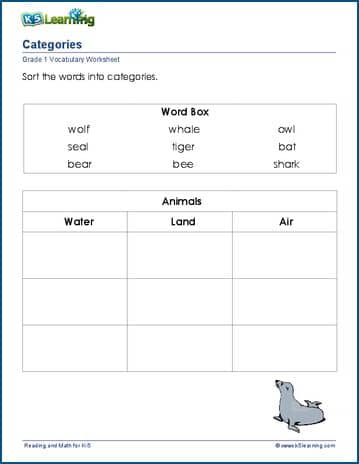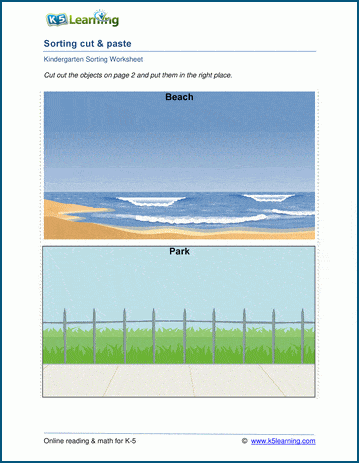The concept of categorization
Start by explaining the concept of categorization. Categorization involves grouping items or words based on shared characteristics or criteria. It's a fundamental cognitive skill used to organize information.
Choose a categorization method
There are various ways to categorize words, such as by:
Semantic Meaning: Group words based on their meanings or concepts.
Phonetic Attributes: Categorize words based on their sounds, rhymes, or phonetic patterns.
Grammatical Features: Group words by their parts of speech or grammatical functions.
Alphabetical Order: Organize words alphabetically, especially for dictionary-style categorization.
Start with simple categories
Begin with basic and easily distinguishable categories. For example, you can categorize fruits and vegetables, animals and vehicles, or words that rhyme and words that don't.
Create lists or visual aids
Make lists of words within each category or use visual aids like charts, tables, or flashcards. Visual representation can make categorization more concrete and understandable.
Practice sorting words
Practice makes perfect. This is a good starting point.
Practice categorizing words regularly. You can do this by:
Playing word sorting games: Engage in activities like word bingo, word sort puzzles, or word sorting mats.
Reading and discussing: Analyze texts, stories, or articles to identify and categorize words based on specific criteria.
Using online resources: There are many interactive websites and apps that offer word categorization exercises.
Grade 1 categorization exercises
For example, we’ve created a set of worksheets for students to learn to categorize words.
Sorting worksheets for kindergarten students
We’ve also created several sets of worksheets for students to sort objects, the start to learning to categorize words.
Expand categories gradually
As your kids become more comfortable with basic categorization, challenge them to categorize words with more complex attributes. For example, categorize words with multiple meanings or words that have both a noun and verb form.
Learn synonyms and antonyms
Explore word relationships by categorizing words as synonyms (words with similar meanings) and antonyms (words with opposite meanings).
Keep a vocabulary journal
Have your children maintain a vocabulary journal where they categorize new words they encounter. Write down words under relevant categories and review them periodically.
Reflect and discuss
Regularly reflect on the categorization process. Discuss your children’s categorization choices to help them gain different perspectives and insights.
Like any skill, categorizing words becomes easier with practice. The more they practice, the more proficient they'll become.



